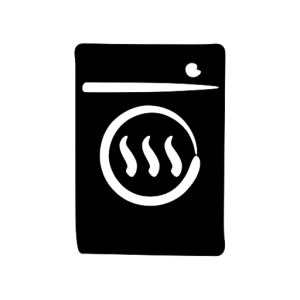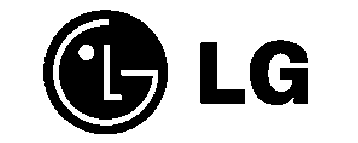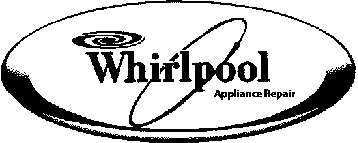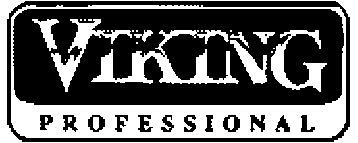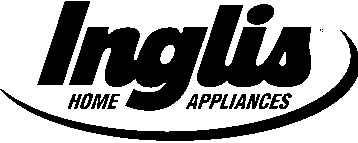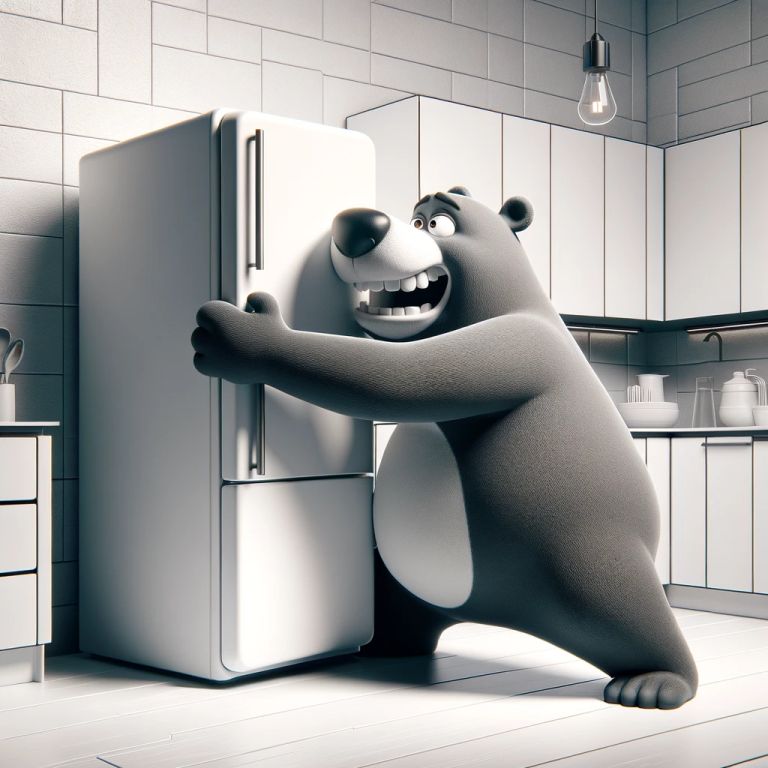Oven temperature not accurate
An oven with an inaccurate temperature can turn baking and roasting into guesswork, leading to undercooked meals or burnt desserts. If you're facing this issue, you're not alone. Many encounter temperature discrepancies with their ovens, but fortunately, there are steps you can take to diagnose and correct these inaccuracies. This guide will help you understand why your oven's temperature might be off and how to adjust it for precise cooking.
Common Causes of Oven Temperature Inaccuracies
1. Faulty Temperature Sensor: The sensor monitors the oven's internal temperature. If it's malfunctioning, it could report incorrect temperatures.
2. Worn Out Thermostat: In older ovens, a mechanical thermostat regulates temperature, which can become less accurate over time.
3. Calibration Issues: Sometimes, the oven is simply miscalibrated, leading to consistent temperature variances.
4. Door Seal Damages: Heat escaping from a faulty door seal can also cause temperature fluctuations.
Steps to Diagnose and Fix an Inaccurate Oven Temperature
Test with an Oven Thermometer
Purchase an oven-safe thermometer to measure the actual temperature inside your oven.
Preheat your oven to a specific temperature, wait for it to stabilize, and then compare the oven's reading to the thermometer's. This will give you a clear idea of the discrepancy.
Check and Replace the Temperature Sensor
Locate the temperature sensor in your oven. It's usually a thin, metal probe inside the oven cavity.
If the sensor is coated in food residue, clean it carefully. If it appears damaged or tests outside the manufacturer's resistance specifications (you'll need a multimeter for this), it should be replaced.
Inspect the Door Seal
Examine the oven door seal for any signs of wear, tear, or gaps. Heat escaping through a damaged seal can affect cooking temperature.
Replace the seal if necessary to ensure proper heat retention.
Calibrate Your Oven
Many modern ovens allow for calibration adjustments via the control panel. Consult your oven's manual for specific calibration instructions.
For older models with a mechanical thermostat, adjusting calibration might require turning a screw on the thermostat—a procedure best done by professionals.
When to Seek Professional Help
If you've attempted the above steps and your oven's temperature remains inaccurate, or if you're uncomfortable performing these tasks, it's time to call in a professional. An experienced technician can pinpoint the issue, whether it's a complex calibration, a faulty component replacement, or even something you might not have considered.
Conclusion
An inaccurate oven temperature can be a significant hindrance to cooking and baking, but it's often a solvable problem. By understanding the potential causes and taking systematic steps to diagnose and address the issue, you can restore your oven's precision and reliability. Remember, regular maintenance and prompt attention to performance changes are key to culinary success. However, don't hesitate to consult a professional for complex issues to ensure your oven functions safely and accurately.

